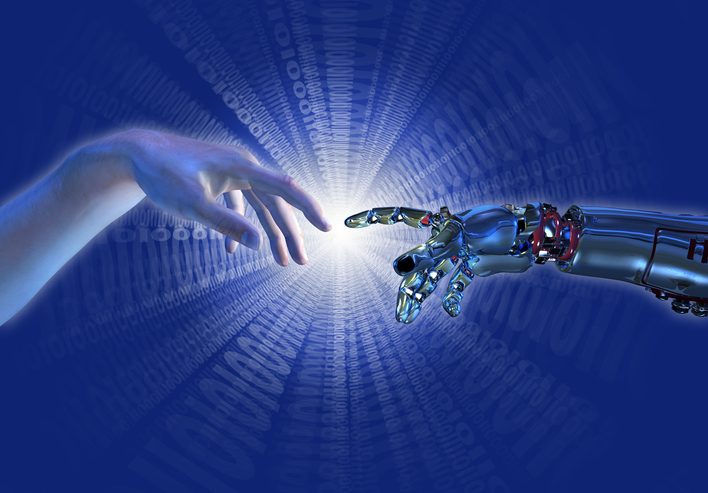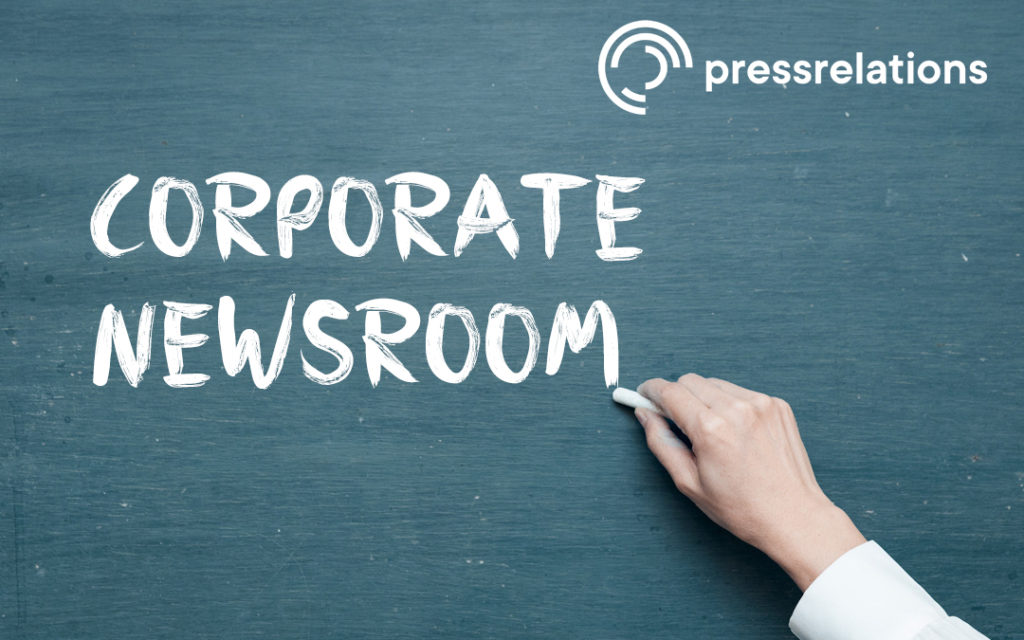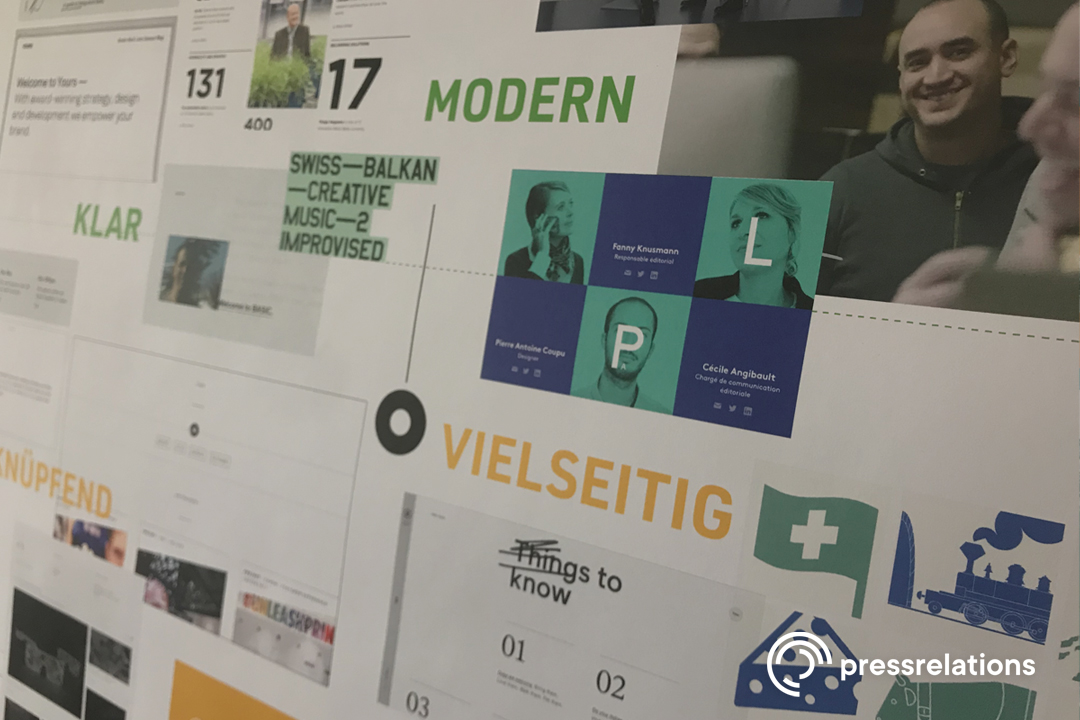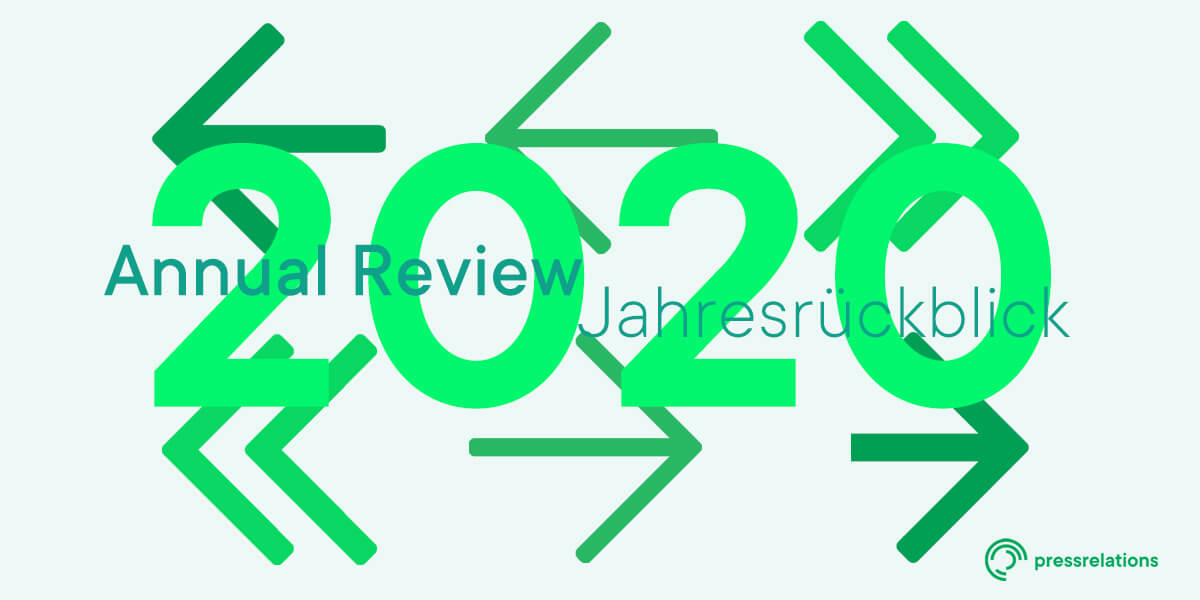From day one, pressrelations was extremely technology-driven and put great emphasis on developing its own software. For our product development it’s vital to keep an eye on market and industry trends in order to work on tomorrow’s solutions today. Currently, and more than ever, the monitoring industry, like every digital-driven industry, deals with processing large amounts of data. In an interview, we can give an insight into our development department – software developer Siavash (Sia for short) tells us what he’s doing at pressrelations.
Hello Sia, please tell us something about you and your career.
Sia: My professional career is a bit erratic. I’ve done pretty much everything from gaming to telecommunications to automobiles in the software field, until I joined pressrelations and worked on the AGENT research project here. After that I travelled for a year. Since AGENT laid the foundation for great new products such as FirstSignals®, I was looking forward to doing research at pressrelations again.
What are you currently doing at pressrelations?
Sia: I am currently working on updating the linguistic systems that we use at pressrelations. As already mentioned, the foundations for future products are being laid here. The focus here is clearly on the best possible development of insights and the progress of predictive analytics. It is our goal to advise our customers on questions such as “In which direction should I develop?” or “In which subject area should I position myself?”. These topics are a strong and innovative investment on the part of pressrelations, since the whole thing is experimental and therefore very contingent upon the results. You can’t force results here, you can only learn from them.
Why is it time to work on these topics now?
Sia: These technologies are developing rapidly and have the potential to transform a market. That’s why we always must stay aware. We want to develop these tools ourselves, because purchased external technology usually doesn’t allow for adaptations. With self-developed systems, you have full control and overview of the data, which is unfortunately not possible with third-party systems. Another point here is efficiency: we process gigantic amounts of data that are constantly growing. Basically, this is a continuous race against the Internet. With each passing day, manual or even semi-manual processing of such amounts of data becomes more laborious. We are increasingly also seeing this with competitors who have great difficulty in processing the same amounts of data. Our vision is to develop specially trained models for each customer and thus deliver a targeted and qualitatively best result.
How are things so far?
Sia: It’s going well! We have already achieved initial results and are continuously improving in small steps. In order to achieve results that are as sustainable as possible, we follow a two-pronged approach: Knowledge graphs & machine learning. We are experimenting with the integration of large knowledge graphs in order to enrich news with metadata. The goal is to analyze news semantically. In the long term, we want to offer the opportunity to analyze news data according to semantic dimensions in order to answer questions such as: “How many news articles appear about left-wing politicians, how many about conservative politicians? The (further) development of our existing neural networks should improve the already existing analytical features of our products and increase their efficiency. Since this area is developing very fast, a simple “stay put” is basically a full-time job. The results so far are very encouraging and leave us looking forward optimistically.
How do you assess the customer benefit?
Sia: For our existing customers we hope for an immediate improvement of our tools. The data quality will simply become even better and so will the quality of our analyses. It offers extremely great potential for innovation. Even larger data will be able to be processed faster and faster and in ever better quality. The insights that can be derived from the data in the future, will gain enormous potential.
In your opinion, what are the technology trends in 2019?
Sia: The deep learning hype is slowing down, but is still going strong. This trend has come to stay. Natural Language Processing is making big leaps in language comprehension. In my opinion, there will be a similar development as in Computer Vision 2012/13. In the field of speech processing, there will be great leaps in development in a short time. Ethical aspects play an increasingly important role here. If a machine receives keywords and can create a realistic text from them, how do you deal with the danger of “fake news”? So far, such actors have been using expensive “troll farms” and successfully undermining any kind of discourse on social networks and online media. The dimension that such a thing can take on with appropriate technology is frightening. But fortunately, the potential for legitimate applications is just as great. The only sensible strategy is to keep up with the times and to help shape and make use of such changes. To quote Spiderman: “With great power comes great responsibility.”
Thank you for the interview, Sia!





